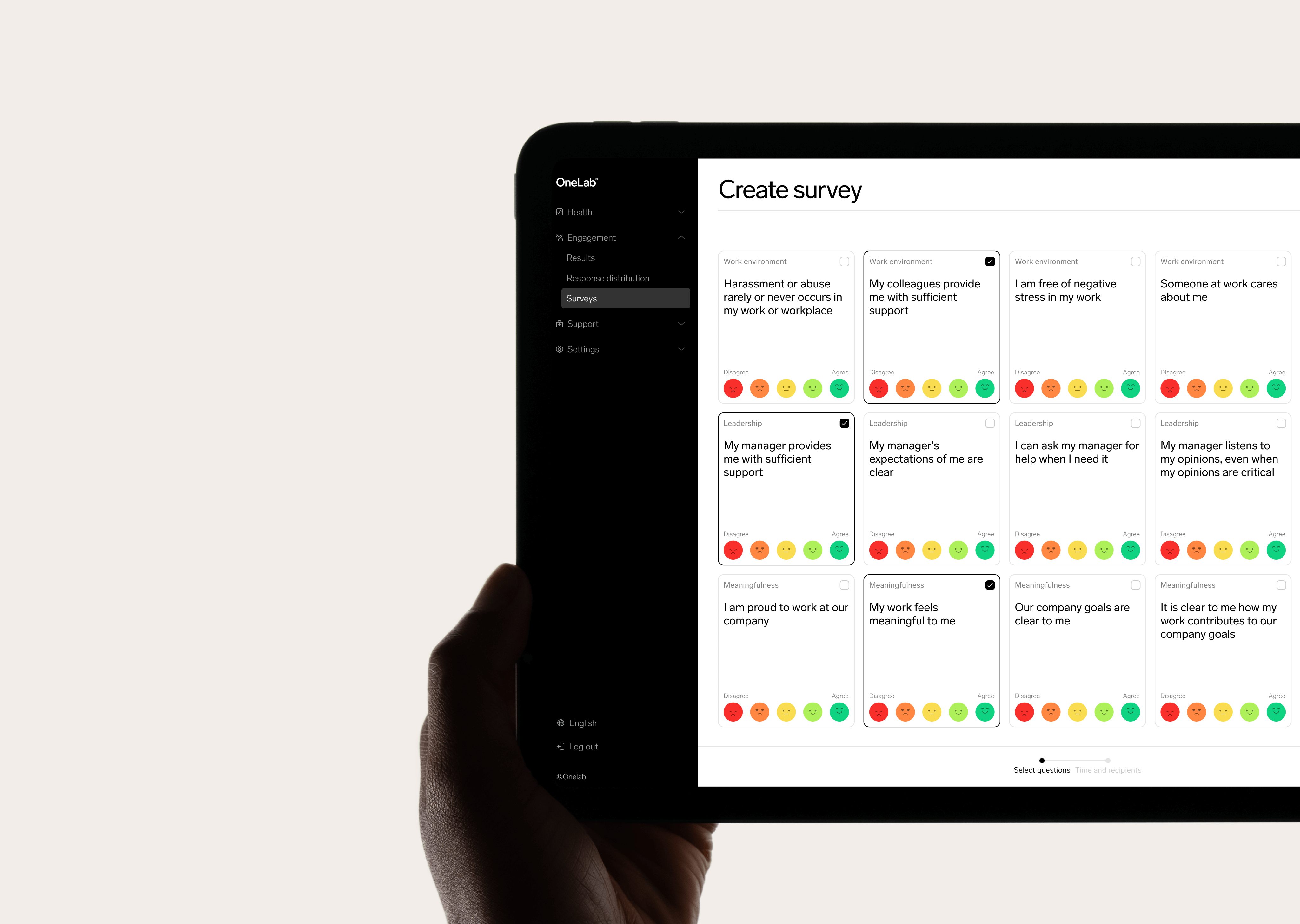From the first of July 2024, companies in Sweden will no longer receive compensation for high sick pay costs. Employers then have to cover the full cost of sick pay, which can lead to significant financial strain, especially for service companies where staff make up a large part of the costs. This means that it becomes even more important for companies to work preventively with health in the workplace.
Illness in the workplace: A costly business
Workplace ill health is a major problem that can result in high costs for businesses. The number of sick leave has increased in the last 4 years, above all in stress-related diagnoses. Sickness absence and sick leave do not only mean direct costs for sick pay, but also indirect costs such as loss of productivity and the need to hire substitutes or bring in consultants. Long-term sick leave can cost employers several hundreds of thousands of SEK per employee and year, depending on the length of the sick leave and the severity of the illness.
Since 2015, companies have been eligible for compensation for high sick pay costs, to protect them from part of the burden of the unforeseen expenses that ill health in the workplace entails. This support for employers is now disappearing, among other things due to the insurance fund’s difficulties in controlling and preventing incorrect payments.
Preventive health work: The key to reduced costs
In order for companies and organisations to be able to reduce the costs of ill-health on their own, it is increasingly crucial to work proactively with health. Preventive health means working proactively to support your employees’ well-being and prevent ill health from occurring or worsening.
An effective prevention strategy starts with identifying and acting on the ill health that is not always seen or talked about. By capturing that ill health, you increase the likelihood that your employees will become aware and can act on their health. Adding the right efforts at the right time on a data-driven basis is also crucial. By identifying and fixing health problems early, you can reduce the risk of sickness absence and thus also the costs.
Investing in employee health can also lead to increased productivity and engagement in the workplace. Employees who feel well and supported are often more motivated and perform better. Preventive health is therefore not only about avoiding costs, but also about creating a more sustainable and efficient work environment.
Do you want to know how you can identify and deal with hidden ill-health in your workplace?



